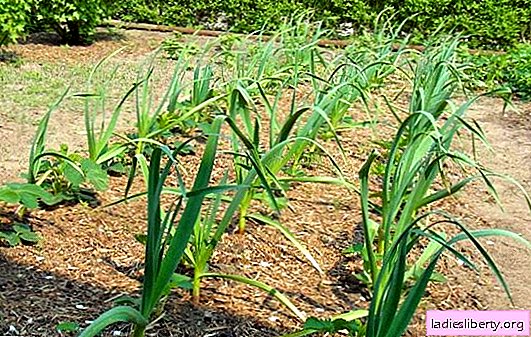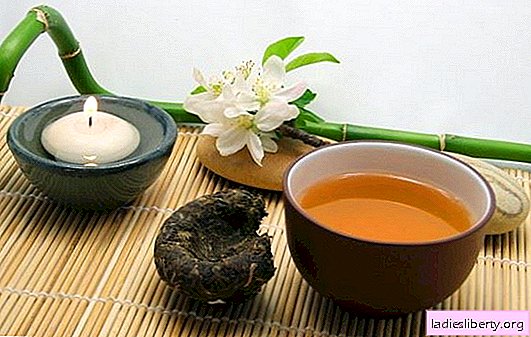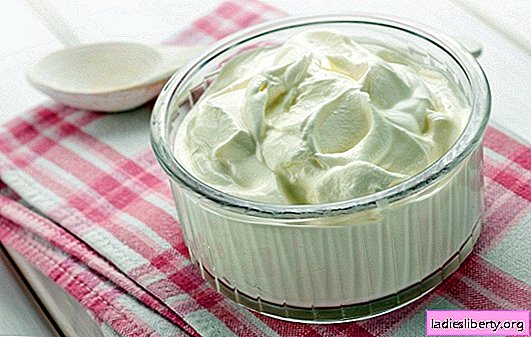
Each gardener is engaged in the cultivation of garlic.
But only a few know how to do it right.
The secrets of large crops lie in the correct watering and regular feeding during the growth process.
We fertilize garlic in accordance with all the rules
Feeding garlic is not difficult at all, but you should not neglect this. Growing it without fertilizing, you can remain without a crop.
Fertilizing under garlic is necessary according to its agricultural technique. In summer cottages, spring and winter garlic are grown. Fertilize these crops in different ways. Winter varieties are fed not only in spring but also in autumn.
1. Feeding spring garlic
Spring garlic is planted in early spring. Before planting the teeth, you need to properly feed the soil after winter. Fertilize properly two weeks before planting the lobules. To do this, use rotted manure, which is laid out in the beds.
During the period of active growth of garlic, several more fertilizing with mineral fertilizers is carried out. Well-established potassium salt and superphosphate. The first time you need to feed at the stage of three leaves.
You need to combine feeding with watering. This will help to avoid waterlogging of the soil and the development of fungal diseases.
2. How to fertilize winter garlic
In the spring, when the teeth start to grow, you need to fertilize with nitrogen-containing drugs. The first time you need to fertilize garlic on melt earth, 10 days after the snow melts.
All varieties of garlic need three times top dressing. The first is carried out taking into account the species, and the second - two weeks after the first. Dates are calculated individually, based on the appearance of the plant and the development phase. The third top dressing of garlic should be at the time of formation of the head. As a rule, this is mid-June. Later application of fertilizers for winter varieties is unacceptable. A month before harvesting, all dressings must be stopped.
How to fertilize garlic: root dressing recipes
At different stages of development, the plant needs various substances. For the preparation of nutrient mixtures, only those components that are necessary in this phase should be used.
- The first top dressing is carried out with nitrogen-containing drugs. This helps to build a good green mass for the subsequent nutrition of the bulb. At this stage, urea is used, which is diluted in water 1:10 and the plantings are watered. To fertilize winter garlic in early spring, you can sprinkle granules on thawed earth.
- It is better to carry out the second top dressing with the addition of nitrophoska. The drug consumption is calculated as follows: 2 tbsp. Are added to 10 liters of water. l
- For the third final feeding use superphosphate. Watering is combined with fertilizer. Using this top dressing at the stage of head formation, large bulbs of garlic can be obtained.
How to fertilize the planting of garlic: top dressing on leaves
In rainy weather, experienced gardeners use top dressing for leaves to quickly absorb nutrients. Feeding should be done in the morning or evening in calm weather. The spray solution should be less concentrated.
Important! Foliar top dressing cannot replace a full root nutrition. They serve only as an addition to the basic methods.
Fertilize garlic on the leaves you need twice a season, using drugs for basic dressing.
Ammonium nitrate addition in spring
Lack of nutrients in early spring affects the planting of winter garlic. The leaves of the plant turn yellow and look pretty dull. This disadvantage can be eliminated by loosening the soil and applying fertilizers.
The use of ammonium nitrate solution for root and foliar top dressing compensates for nutrient deficiency. For 10 liters of water use 1 tbsp. l of the drug.
Ashes of garlic ashes
The application of ash gives good results when growing many crops. Dry ash is laid out in the rows of garlic when loosening the soil. You can water the plantings with an ash solution. To prepare a working solution, 100 grams of ash is mixed with 10 liters of water. The beds are watered with the obtained suspension.
Feeding with ash can be alternated with a solution of bird droppings. Fertilizers must be applied carefully, avoiding an excess of nutrients in the soil.
Features of growing garlic: how often garlic is watered
Garlic loves moisture, but its overabundance can lead to rotting of roots and various diseases. However, you need to water the plant. How to do it right?
The rules for watering garlic
1. After planting spring garlic, water the plants once a week. Winter garlic begins to be watered after emergence in a dry spring at least 1 time in 10 days.
2. During the ripening period, the bulbs are irrigated completely. But in hot weather, watering is continued no more than 1 time per week. This will help the plant grow normally.
3. Watering is carried out along the grooves in the aisles. Based on 30-35 liters of water per 1 square. m. beds.
4. Watering should be done in the evening, but if the nights are cold, then it is better to do it during the day.
Water the garlic to the full depth of the onion. This will ensure the proper development of the plant.
Important! If garlic is grown for long-term storage, then watering the plants during the formation of bulbs is reduced. The heads are formed not too large, but still lying. Watering of garlic, which will be used for conservation, is carried out in full. The heads are large, but unsuitable for long-term storage.
Harvesting and storing garlic: when it is time to dig up the garlic
Compliance with the terms of garlic harvesting largely affects the duration of storage of the crop. In different regions of cultivation, the timing of garlic harvesting is shifted and depends on the time of planting. If the summer is too rainy, then the cleaning is carried out somewhat earlier than expected. This will keep the crop from rot.
General harvesting times depend on the maturity of the bulbs. To determine the maturity of garlic, use the flower arrow. On one plant, the arrow is left and its opening is awaited. As soon as the film burst - it's time to remove the garlic.
Dig up winter garlic
The appearance of the plant will indicate the exact time of harvesting. The leaves of winter garlic have completely dried out and it is ready for harvesting, all the formation processes are completed.
If the leaves of garlic lay down on the ground, then the heads are overripe. The moment of excavation is lost. Such bulbs are worse stored, crack and decay.
Prepare garlic for harvesting in advance. For a month, watering is stopped, which positively affects the storage of bulbs. Fully ripened heads are stored better. To do this, 10 days before the alleged excavation, they scoop up the earth from them. The aging process is faster.
You need to dig out the garlic with a pitchfork along with the stems. Dry the crop in a shady place until completely dry. During this period, there is an outflow of nutrients from the stems to the bulb. The roots of the plant are pruned.
Before storing garlic, they inspect the bulbs and identify all affected or spoiled bulbs, as well as sprouted teeth. Such garlic is not stored.
When to dig out spring garlic
Determining the maturity of spring garlic is a little more difficult. These varieties do not give arrows. Harvesting is carried out a few weeks after winter varieties.
Before cleaning, you need to pay attention to the lower leaves of the plant. In a well-ripened head, the lower leaves are dry, but the middle is still green. This is the time to harvest spring garlic.
How to store garlic
Garlic is usually stored in a bunch or separate teeth. But some gardeners prefer to store peeled garlic cloves.
This storage method helps to keep garlic for up to several months. The cleaned teeth are placed in a jar of sunflower oil, to which a little salt is preliminarily added. Oil can be used for salads, and garlic for other dishes. Keep peeled garlic in the refrigerator or cellar.
Unpeeled garlic can be stored in a cold or warm room. With a cold storage method, the temperature should be 1-3 degrees. Keep garlic warm at a temperature no higher than 16-19 degrees.
For storage, garlic can be tied in bundles or laid out in cloth bags.
The right conditions for storing garlic affect the timing. Spring garlic is well preserved until the next harvest. Varieties of winter garlic do not lie longer than 3-5 months.











